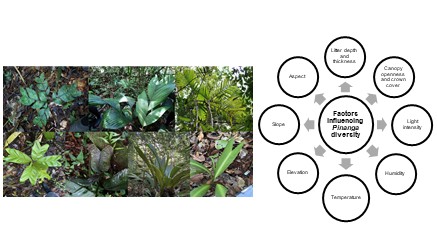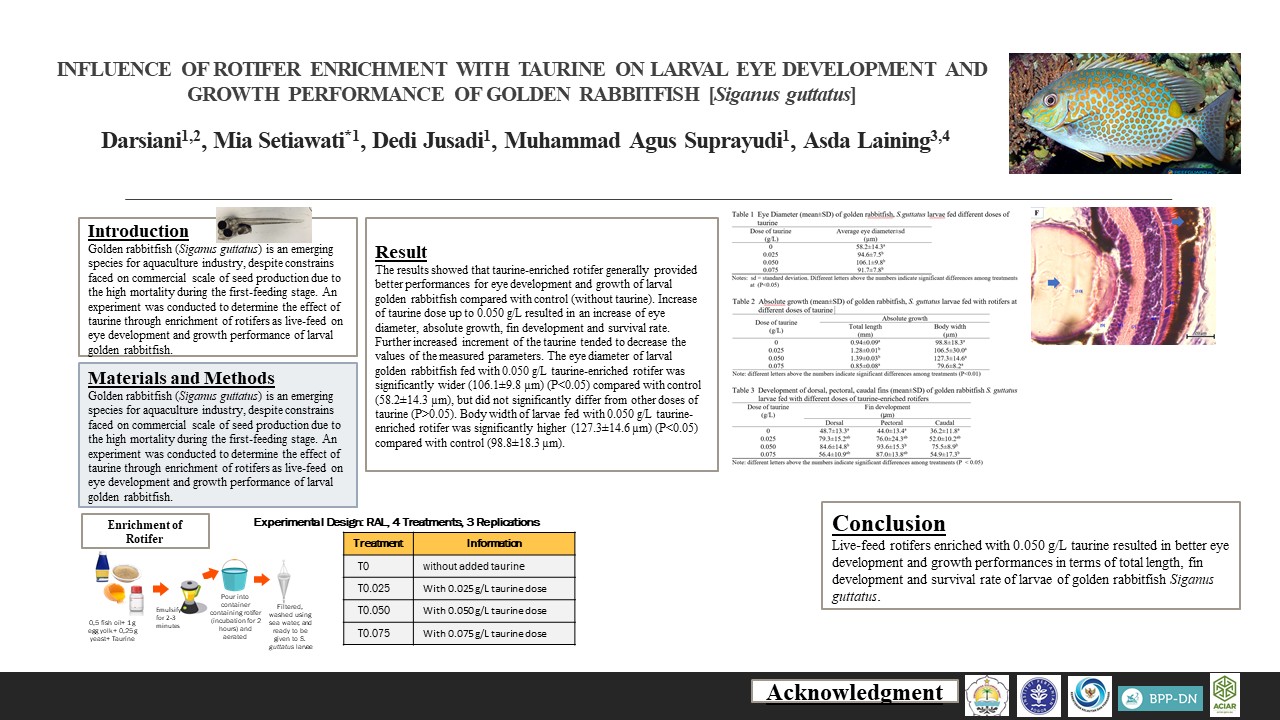DISTRIBUTION OF INVASIVE PLANT SPECIES IN DIFFERENT LAND-USE SYSTEMS IN SUMATERA, INDONESIA
Downloads
Disturbances caused by the conversion of rain forests into agricultural systems provide an opportunity for the expansion of Invasive Plant Species (IPS). Bukit Duabelas National Park is one of the few remaining lowland forests in Jambi Province (Sumatera, Indonesia). The surrounding areas up to the national park borders have already been converted into jungle rubber agroforests as well as rubber and oil palm plantations which might lead to an increased spread of IPS into the forest. This study was aimed at compiling a list of IPS and determining their distribution and coverage of IPS in four land use systems (rain forest jungle rubber, rubber and oil palm plantations). Spatial distribution patterns were investigated by creating a horizontal vegetation profile diagram for the permanent plots of the EFForTS project (Ecological and Socioeconomic Functions of Tropical Lowland Rainforest Transformation Systems, http://www.uni-goettingen.de/crc990). The dominance of IPS was determined using Important Value Index. A total of forty IPS were identified across the four land-use systems. The numbers of IPS were the highest in oil palm (28 species) and rubber plantations (27 species), and the lowest in jungle rubber (10 species). IPS were absent in the lowland rain forest. The diversity of IPS was influenced by environmental factors, especially canopy openness. IPS with the highest ground coverage were Dicranopteris linearis and Clidemia hirta. Both of them were found in all three land-use systems outside the rain forest when the forest canopy opens due to illegal logging or other human disturbances. Therefore, reforestation of disturbed areas is recommended to prevent the spread of IPS.
Downloads
Authors who publish with this journal agree with the following terms:
- Authors retain copyright and grant the journal right of first publication, with the work 1 year after publication simultaneously licensed under a Creative Commons attribution-noncommerical-noderivates 4.0 International License that allows others to share, copy and redistribute the work in any medium or format, but only where the use is for non-commercial purposes and an acknowledgement of the work's authorship and initial publication in this journal is mentioned.
- Authors are able to enter into separate, additional contractual arrangements for the non-exclusive distribution of the journal's published version of the work (e.g., post it to an institutional repository or publish it in a book), with an acknowledgement of its initial publication in this journal.
- Authors are permitted and encouraged to post their work online (e.g., in institutional repositories or on their website) prior to and during the submission process, as it can lead to productive exchanges, as well as earlier and greater citation of published work (See The Effect of Open Access).


























